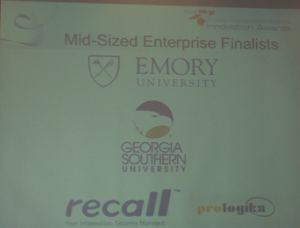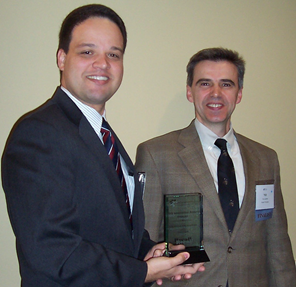Microsoft Certified Solutions Expert
Just got myself upgraded from MCTIP BI (which retires on January 31st, 2014) to the new MCSE BI certification by passing the three required exams. Over the course of almost 20 years, I’ve managed to stay current and accumulate a healthy dose of certifications (some of them retired by now), including:
1996: Microsoft Certified Professional
1996: Microsoft Certified Solution Developer
2002: Microsoft Certified Application Developer
2003: Microsoft Certified Trainer
2006: Microsoft Certified Technology Specialist
2011: Microsoft Certified IT Professional
2013: Microsoft Certified Solutions Associate
2013: Microsoft Certified Solutions Expert
Some people doubt the benefits of certifications. True, having a certification might not be a true testament of skills or expertise just like someone who only reads or writes books is not a true practitioner. But as with anything in life, I believe that the more you put in, the more you get out. While it’s hard to measure the intangible benefits of certifications, articles, books, presentations, etc., I do believe that they contribute to the overall package and credibility. Despite the Microsoft Architect and Maestro sagas, I do think that a certification is an important differentiator (especially for consultants and fresh graduates) and something that makes you stand above the crowd. In my consulting career, sometimes I do come across RFPs that require or desire certifications and I like the fact that these customers acknowledge the certification effort. In addition, I like the fact that certifications keep me on the edge by forcing me to study and refresh my memory of product areas that I’ve forgotten or never used. Certifications are also required for achieving Microsoft partner competencies – another very important differentiating factor for consulting companies.
On the downside, while Microsoft has made a great effort to make the exams more engaging and practical (case studies, hot spots, drag and drop, etc.), you still have to adjust to the Microsoft exam mentality. This is how we want to you answer the question despite that it’s not quite clear what we are asking here or it doesn’t make a perfect sense to you. Syntax and step memorizing is another area of improvement. So are all these questions about obscure and unpopular techniques, such as SSAS remote partitions and linked objects. It will be great if the exams are actually written by practitioners as opposed to someone who probably scans Books Online to come up with elusive questions.
Meanwhile, here is my latest logo addition:







